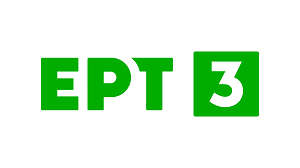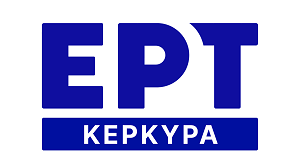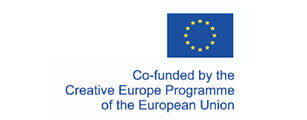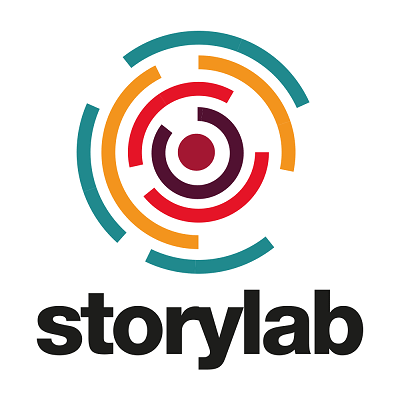The medina of Marrakech is an international tourist destination, ranked in the top 10 in 2019. Classified as a UNESCO World Heritage Site, the city welcomes millions of tourists every year. Beneath the tourist folklore, the medina managed to preserve its way of life and traditions, perpetuated by its inhabitants, a living memory of the medina.
However, the actual dynamics are leading toward the disappearance of this ecosystem. Tourist areas encroach on inhabited areas. Changes in the Medina are mainly governed by the tourist economy.
On the other hand, informal dwellings keep growing. These dynamics of appropriation present in the Medina have already demonstrated the extent and strength of how the inhabitants can change and occupy “public space”. This paper is investigating this appropriation through new participatory design tools.
Initiating a participatory approach must be done in full correlation with the context it tends to affect, be it economic, social, or climatic. We must therefore understand what a “public space” means in the context of the medina, how it was built, its evolution as well as its dynamics and mutations. Then, study in broader detail how it works and the relations between the spaces and their inhabitants.
Public space in Morocco is not defined by its form but by its uses. The population does not find the formal space limiting and diverts it to better appropriate it through uses. However, the quality of appropriation of certain “public spaces” remains limited, first by gender and then by age. The dominance of the sexes in space is not formal and can vary over time.
Involving citizens in the city's design process also requires resilient communication tools. The limits of communication in architecture are reflected by the complexity of the means used and the technical skills. The architect communicates through technical documents and 3D design software which often requires technical training. The ideas are experienced through the plan, the section, or the drawing. Architectural renderings are designed for construction professionals and are not easily understood by common citizens. What communication tools, as inclusive as possible, can we use to reflect upon architecture?
Video games already propose city planning alternatives. It is intended as an exchange platform on which we can experiment and develop possible futures. There are already existing video games that allow players to actively participate in the design and creation of content. Games like Minecraft, Roblox, Dwarf or Factorio, offer excellent case studies to sensitize the population to the quality of its environment. Video games become a design tool at the service of citizens, offering them the opportunity to express themselves, through a playful 3D projection tool. The pedagogy proposed by Block by Block is alike:
From elements of reality, fictions are developed as proposals for a future. Video games become the communication interface to speculate on future developments of our cities. … they propose a diverse set of mechanics that allows the participants to design and explore generative systems that rely on resource management and ecological interdependence. Virtual worlds are therefore a space of freedom, where people have the tools to express their creativity without the need for a particular skill. It offers a democratic and accessible experience that can be afforded by anyone.
Virtual worlds are therefore a space of freedom, where people have the toolsto express their creativity
without the need of a particular skill. It offers a democratic and accessible experience that can be afforded by
anyone
Therefore, the objective of this article is to retrace, compare and analyze the different experiences where models of mass reach and mass customization such as Video games were used to perform or impact the urban environment in a meaningful way involving citizens with architects in the design of the city in orther to implement them in the reappropriation of abandonned public spaces of the old Medina of Marrakesh.
https://www.visitmorocco.com/fr/blog/marrakech-dans-le-top-10-des-meilleures-destinations-mondiales-par-tripadvisor
Abdelaziz BENADDI, Idali MOUHSINE, Rapports socio-inégalitaires de l’appropriation des habitations traditionnelles de la Médina de Marrakech : dynamiques autour des riads-maisons d’hôtes, 2020. [En ligne : https://shs.hal.science/halshs-03227359]
Quentin WILBAUX, La médina de Marrakech, un patrimoine fragile menacé par son succès !, Magazine Pierre d'angle, ANABF, 2015. [En ligne : https://anabf.org/pierredangle/magazine/la-medina-de-marrakech-un-patrimoine-fragile-menace-par-son-succes]
Navez-Bouchanine Françoise, Public spaces in Moroccan cities, The Annals of Urban Research, N°57-58, 1992.
Public spaces in cities. p.p. 185-190 Navez-Bouchanine Françoise, From Western public space to non-Western public spaces, Cities in parallel, n°32-34, December 2001.
Martens, B, Wurzer, G, Grasl T, Lorenz, WE and Schaffranek, R (eds.), Real Time - Proceedings of the 33rd eCAADe Conference - Volume 1, Vienna University of Technology, Vienna, Austria, 16-18 September 2015, pp. 89-97
https://unhabitat-kosovo.org/block-by-block-kosovo/
Luke Caspar Pearson, A machine for playing in Exploring the videogame as a medium for architectural design, Design Studies, Vol. 66, 2020, p. 114-143.
Back














